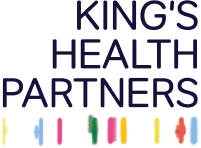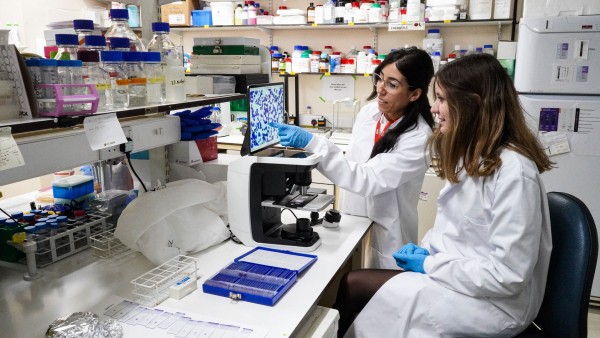1 November 2023
Photo: Siân Howell, Clinical Lead, Clinical Effectiveness South East London
Asthma is the third most prevalent condition in South east London but the captured prevalence here is lower than the national average. Asthma affects both adults and children and the symptoms impact every aspect of daily life – from sleep, to exercise, to work, education and mental health. There are over 20 asthma deaths across South east London every year, and many more near misses - most of those deaths are attributed to avoidable factors.
The Ella Roberta Foundation reminds us of the tragic consequences of not getting asthma care right. Ella, from Lewisham, died from asthma shortly after her ninth birthday, making legal history when air pollution was stated as one of the causes of Ella’s death.
Asthma is also a disease of inequalities with higher rates for those living in poverty, by major roads and from African, Caribbean and Asian families. In South east London we also have a higher than national average hospital admission rate for children and young people with asthma. The new CESEL guidance will make it easier for primary care teams to identify and manage asthma cases, supporting our patients with asthma to have a healthy and active life and reducing their risks of exacerbations and even death.
There are multiple asthma guides which can cause confusion. The CESEL asthma guides put the best information from current guidance into one place, taking what is most helpful for primary care teams in South east London and creating a one-stop-shop for asthma care. The CESEL guides signpost clinicians to the information they need during their consultations, and it includes:
- A diagnosis algorithm to help get the diagnosis right.
- How and when to refer for objective tests and how to interpret the results.
- What treatment options to offer and when.
- Lots of resources for clinicians and patients.
Good asthma care means patients understand their asthma and know how to avoid triggers. We want patients to have an awareness of the treatment options available to them. We want to empower them to know when and where to seek help. It would be great if all clinicians in South east London felt confident that they were delivering the best possible asthma care.
People with asthma need two things to change now:
The new asthma SABA-Free Pathway to be widely introduced
A reliever, in the form of an inhaled short acting beta agonist (SABA), has been the first line of treatment for asthma for over 50 years but we now know that taking SABA alone increases the risk an asthma exacerbation. The new SABA-Free Pathway – recognises that asthma is caused by airway inflammation and ensures patients always use an inhaled corticosteroid (ICS) to treat this inflammation. This pathway ensures that a reliever, in the form of a rapid -acting long acting beta agoginist (LABA), is never taken without an ICS, revolutionising asthma care. This will lead to better daily control and fewer exacerbations.
Environmental issues need to be addressed
Inhalers account for 13% of NHS emissions. Propellant inhalers have a higher carbon footprint than non-propellant inhalers and make up 79% of the inhalers prescribed in England, compared to 13% in Sweden.
Changing patients from propellant to non-propellant inhalers will markedly reduce the NHS carbon footprint. Non-propellant inhalers are suitable for most older children, young people and adults who have a good inspiratory effort. However, they may not be suitable for everybody such as younger children and people with coordination problems or poor inspiratory effort who may struggle to use these inhalers. Clinicians should support patients to choose the right inhaler for them and remember - well controlled asthma has the lowest carbon footprint.
The CESEL guidance will give teams on the ground easy access to the information that will empower them to make these changes and improve outcomes for their patients. The new CESEL guidance can be found here.





